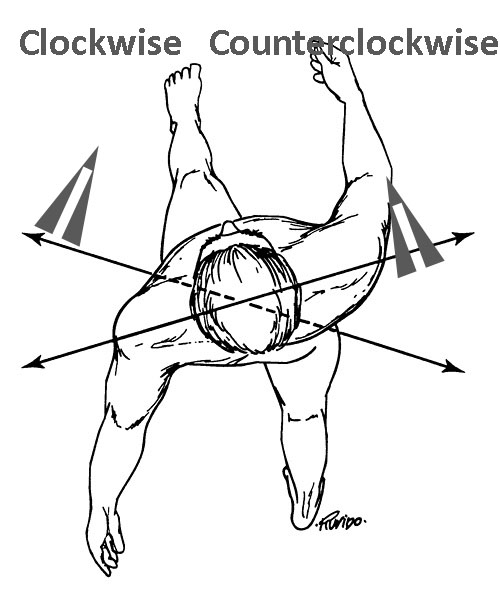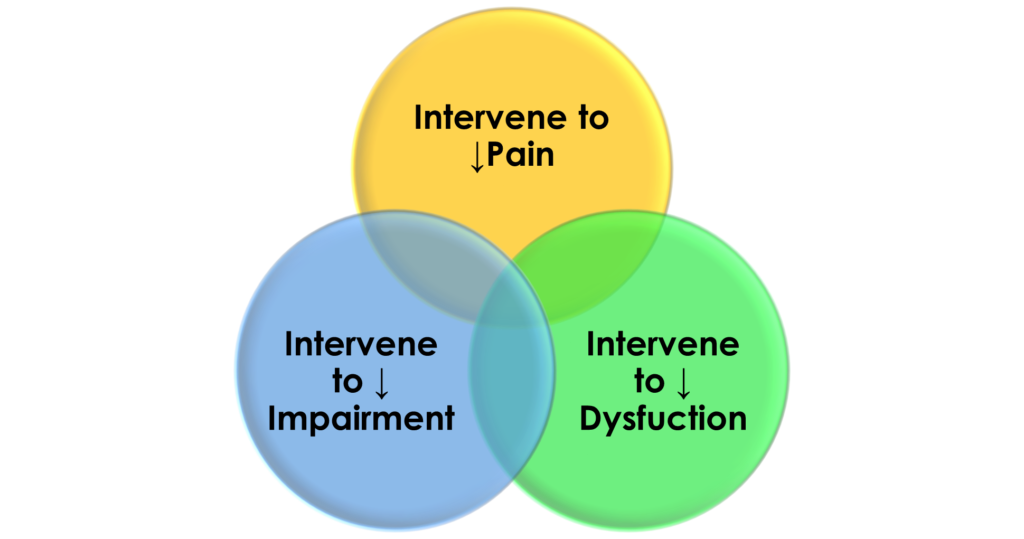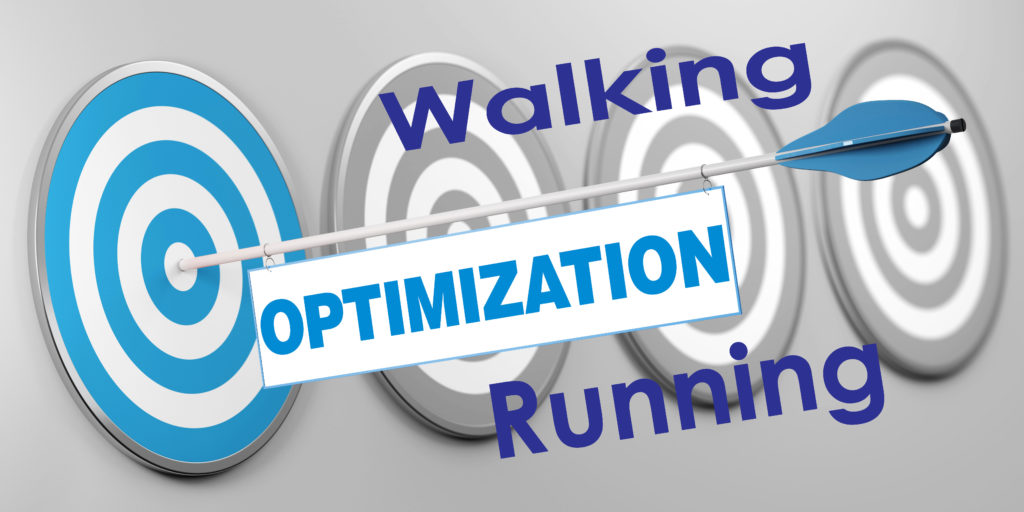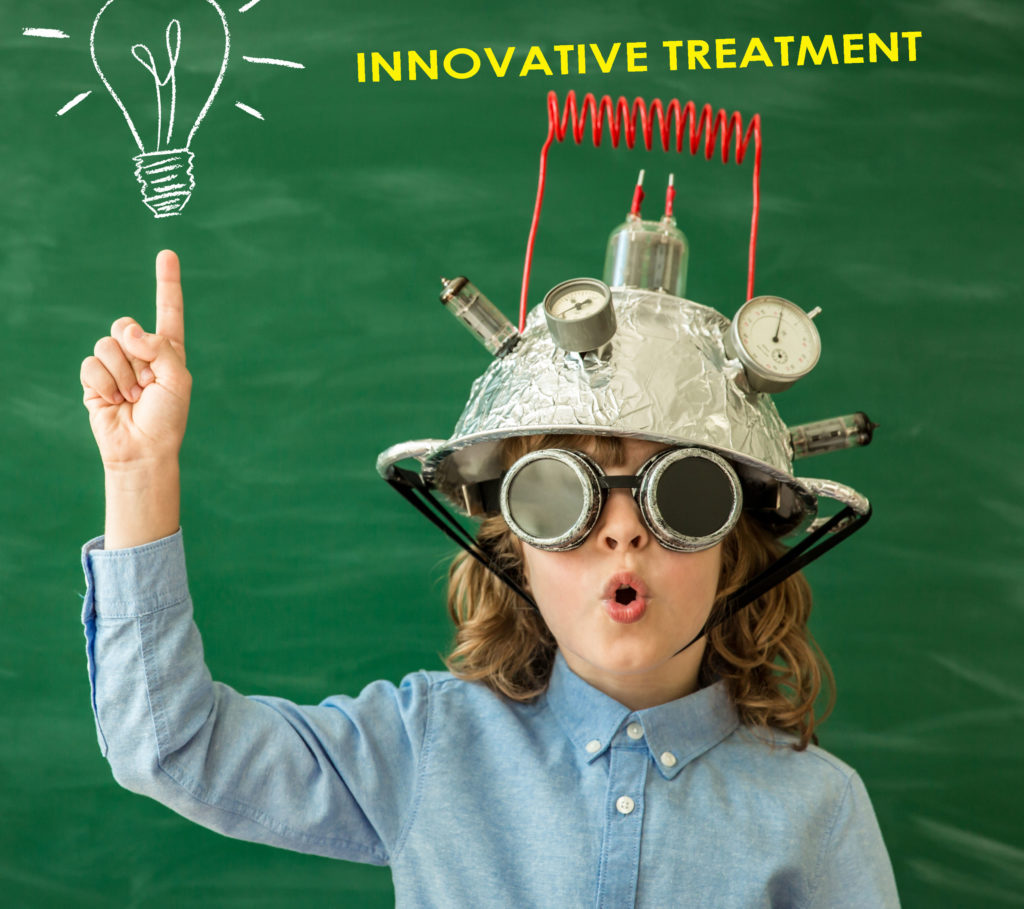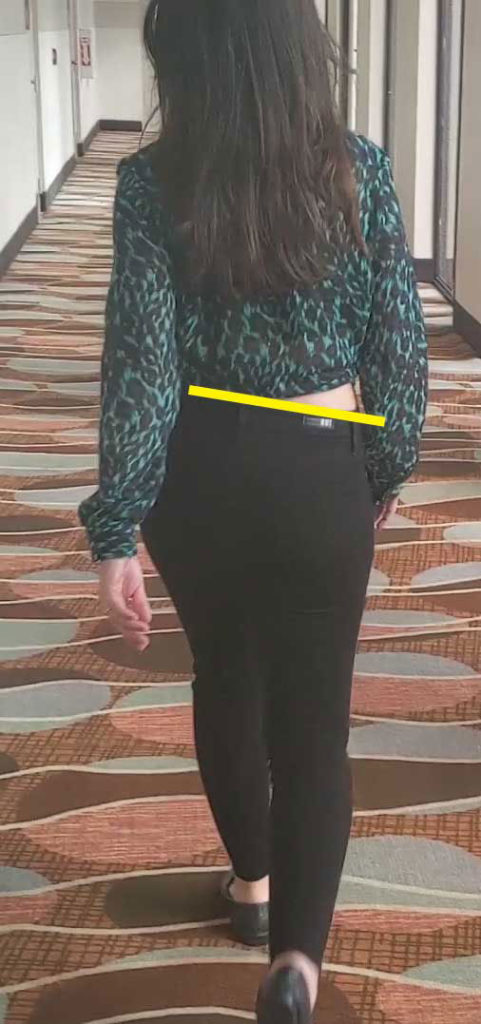Posts Tagged ‘Motion Analysis’
Adjusting the exercise load to manage musculoskeletal pain syndrome
Adjusting the amount of exercise load involves seeking a balance between increasing or decreasing the load. Athletes and healthy individuals the bias is towards increasing the load to improve capacity and performance. For musculoskeletal injuries, post-orthopedic surgery, or musculoskeletal pain syndromes, the bias is towards decreasing the load to facilitate healing and recovery. Tactics to…
Read MoreDeviant movement resulting in pain – Excessive Toe Out Gait
Asymmetrical movements walking or running are considered deviant or less than optimal movements. The individual in the video below is complaining of musculoskeletal pain in the left lower extremity. What do you see? Do you see the asymmetrical movement? Do you see the right foot is pointing straight ahead, and the left foot is not…
Read MoreHow to improve the quality of a selfie video to facilitate motion analysis
In a previous article, I described how sharing selfie videos with healthcare professionals can facilitate motion analysis for the management of painful musculoskeletal syndromes, injury prevention, and performance enhancement. This article describes how to improve the quality and standardize the process of capturing selfie videos to facilitate the motion analysis process. I am a healthcare…
Read MoreUsing a selfie video for motion analysis
A selfie video can enhance motion analysis for the diagnosis and intervention of painful musculoskeletal injury, for injury prevention, and for enhancing movement performance. A selfie video is a video recording that you take of yourself, also called a velifie A selfie video can: Provide opportunities for reflective self-learning. Provide visual data regarding comparing…
Read MorePain – Movement
If pain occurs with movement, then observation and analysis of movement is required. The measurement of the symptom of pain occurs using the familiar numeric pain scale (zero to 10). 0-10 Numeric pain scale diagram. Clipart image In 1996 the American Pain Society lead a campaign to consider the measurement of pain as the 5th…
Read More“Deme Bones” – inter-limb deviation related to the musculoskeletal pain syndromes
“The toe bone is connected to the foot bone” is the common reframe from the old gospel song “Dem Bones.” The concept of mechanical connectedness or regional interdependence applied to musculoskeletal pain syndromes suggests that in addition to examining a patient’s local area of complaint examination of the adjacent joints above and below the primary…
Read MoreChoices of interventions for musculoskeletal pain syndromes: decrease pain, improve impairment, resolve dysfunction
There are multiple and varied interventions that can tackle the contributing factors of pain, impairment, and dysfunction that occurs with musculoskeletal pain syndromes. Pain impairs an individual’s ability to function Impairment is loss of use or derangement of any body part, organ system, or organ function. Dysfunction is an alteration of an individual’s capacity to…
Read MoreWalk this way – Run this way
What way should we walk? What way should we run? Mel Brooks and Gene Wilder wrote the script for the movie “Young Frankenstein” in which the character Igor the hunchback shows Dr. Frankenstein “this way”, and hands him his cane, expecting Dr. Frankenstein to mimic his hunched, contorted shuffle, which Dr. Frankenstein cordially does. This…
Read MoreHow 2D video motion analysis facilitates problem solving, reflective learning, & identification of novel interventions
The referral of this gentleman in the video below was for an exercise program for chronic right knee pain. The patient and the referring Physician Assistant expressed expectations that an exercise program would help decrease his pain so he could return to playing recreational basketball. There is ongoing controversy about whether high-intensity quadriceps strengthening exercises…
Read MoreSensory preference & learning optimal movement
There are many cognitive strategies to cue, prompt, and provide feedback to improve movement. Theory of focus of attention The dominant theory proposed by Gabriele Wulf and colleagues is providing cueing, prompting, or feedback to facilitate learning to move in a more optimal way is using an external focus of attention is more effective and…
Read More





